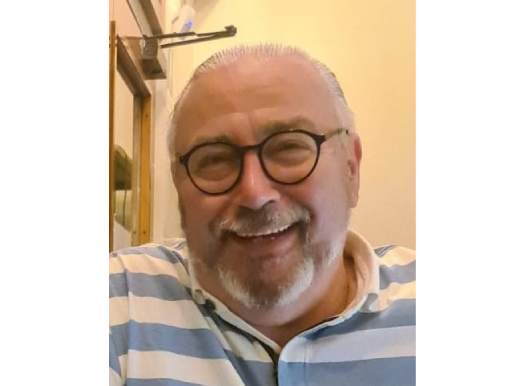For further information click here
Please don’t hesitate to contact our expert team on 01435 866011 for further innovative engineering solutions.

With over 5+ years at TFC, Mark excels in creative, out-of-the-box problem-solving. His strengths include improving processes through vendor consolidation, product rationalisation, and standardisation while providing control and reporting, reducing on-site inventory, and minimising obsolescence. Mark has extensive experience in multinational and multisite account management, customer service management, new product and business development, and general management; responsible for growing sales and margins.

Welcome back to Smalley Talk where our engineering experts answer questions about retaining ring and wave spring design and performance. This week, one of our leading customers within the aerospace connector industry questioned one of our Area Sales Managers about our Smalley Hoopster retaining rings and single turn wave springs.
Hoopster retaining rings, just like any retaining ring or circlip, are a removable shoulder you can incorporate into your design. Most retaining rings need to be installed into a groove to be properly positioned and resist any thrust load it is subjected to. A Hoopster without a groove will likely not have enough friction generated from ‘cling’ to hold its position if a thrust load is applied.
Yes, single turn wave springs like our YSSR or YSSB series can be stacked to get similar characteristics to disc springs. If you want to increase the spring rate, wave springs can be stacked in parallel, similar to nested wave spring design. If you want to decrease the spring rate and increase your deflection, single-turn wave spring would need to be stacked with a shim separating each spring to simulate one of our Crest-to-Crest® springs. However, in both instances, this increases the number of parts required to perform that function.
Many of our customers prefer to use just one spring to get the spring characteristics they require. Not having to orient multiple parts in a specific pattern as is required when using disc springs, avoids potential mistakes during assembly. If you have a situation where stacking springs is required, you may want to consider using a special design to meet your specific needs. All our Smalley products are made without the need for special tooling and prototypes or small production quantities can be made quickly and economically. If you have an application requiring non-standard items please contact our engineering staff who will be pleased to assist.
That’s all for now, check back next time when the team will answer more Smalley product related questions.
For further information click here
Please don’t hesitate to contact our expert team on 01435 866011 for further innovative engineering solutions.